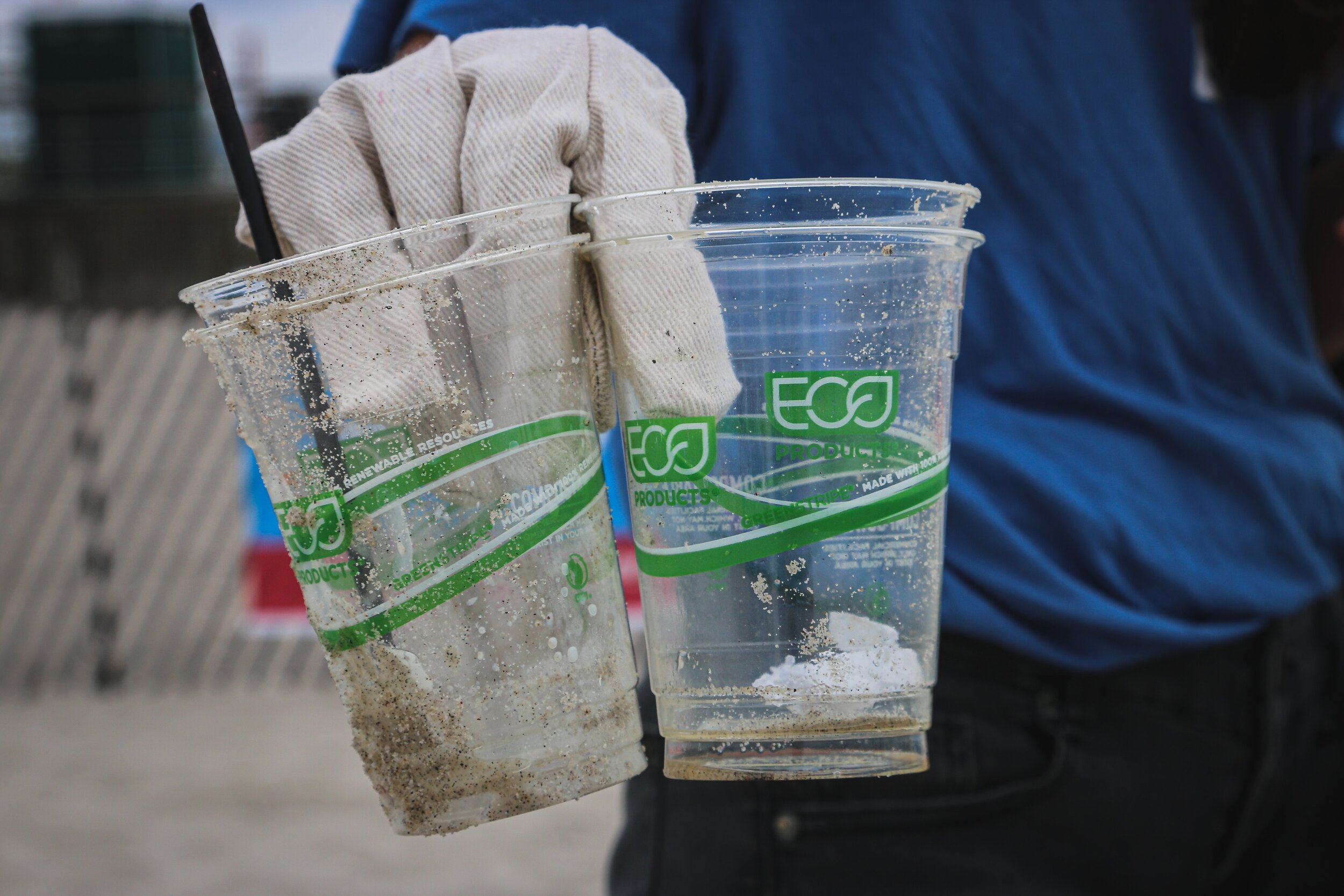Common Greenwashing Pitfalls

In 2019, 62% of Generation Z preferred to buy from sustainable brands.
That is a hard-to-ignore stat. And trust that brands are not ignoring it.
With Millennials and Gen Z taking a hold of global spending, brands are rushing to tap into that spending power and entering the market with ‘green’ goods, services, claims, and promises. If you’re not on social media at all, you might have missed the avalanche of branded ‘Happy Earth Day’ messages last week. Words are nice, but thoughtful action is always better.
As sustainability has become a hot topic in every industry, the risk of greenwashing has never been higher. Greenwashing, as defined by Investopedia, is “the process of conveying a false impression or providing misleading information about how a company's products are more environmentally sound.”
It’s not always intentional, but it IS always harmful. And if you haven’t fully thought through your product and system design, the risk of engaging in greenwashing only increases.
In this week’s episode of Do What You Can For The People I talk about the most common types of greenwashing and share some thoughts and examples on how to spot and avoid them. Every day should be Earth Day.
As consumers we have the power and the responsibility to hold brands accountable to the claims that they are making, and brands have a responsibility to do better.
THINGS MENTIONED
Inisfree ‘paper’ bottle: http://www.koreaherald.com/view.php?ud=20210408000987
Greenwashing definition: https://www.investopedia.com/terms/g/greenwashing.asp
Gen Z Trendsl: https://www.forbes.com/sites/gregpetro/2020/01/31/sustainable-retail-how-gen-z-is-leading-the-pack/?sh=4c15491e2ca3
Millennial Trends: https://www.inc.com/melanie-curtin/73-percent-of-millennials-are-willing-to-spend-more-money-on-this-1-type-of-product.html
Green & Thistle Article: https://greenandthistle.com/what-is-greenwashing/
Compostable Packaging: https://www.fastcompany.com/90393297/will-compostable-packaging-ever-be-able-to-solve-our-waste-problem
Ecolabel Index: http://www.ecolabelindex.com/ecolabels/?st=country,us
BE MY GUEST!
If you or someone you know would like to be featured on the show, please get in touch!
